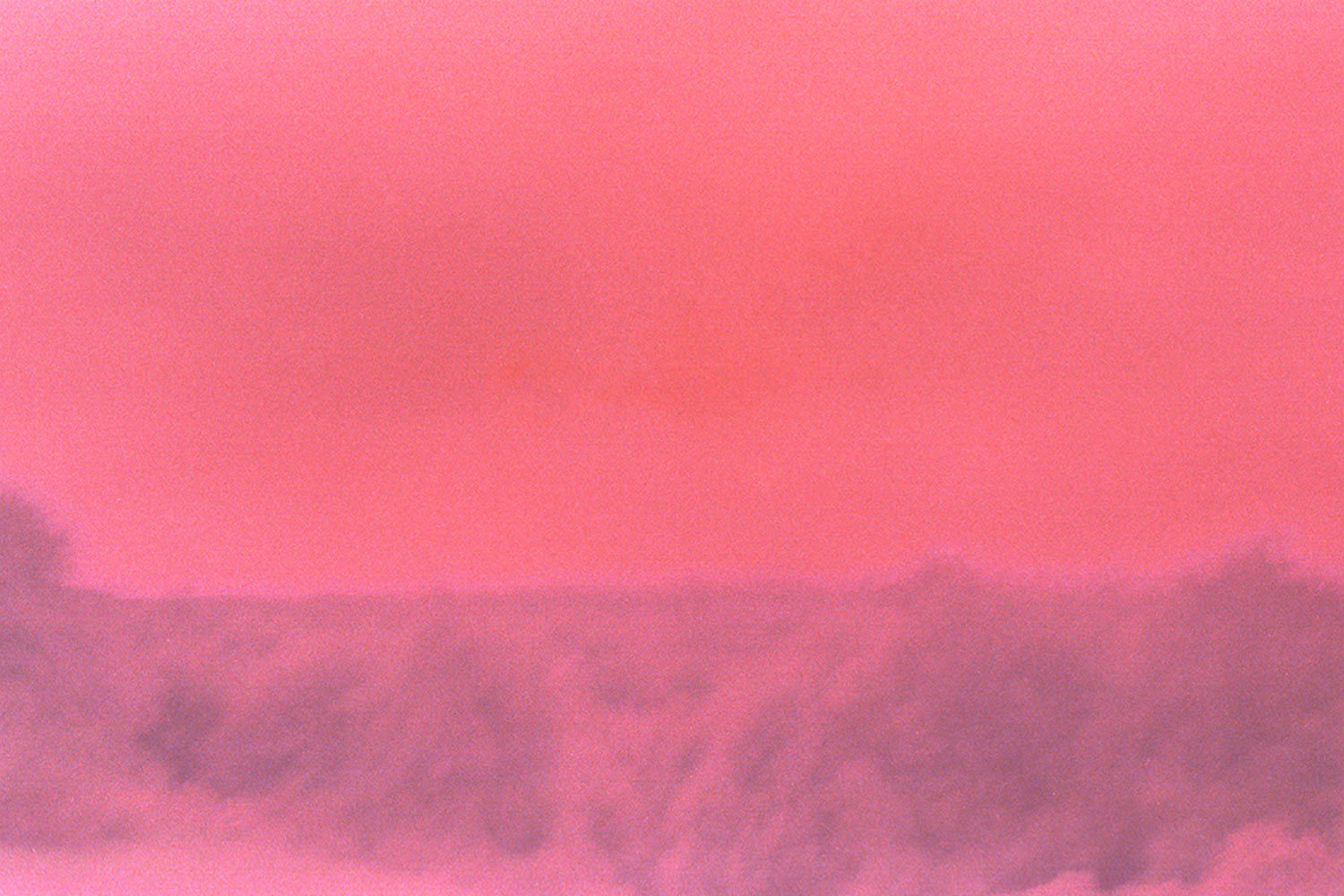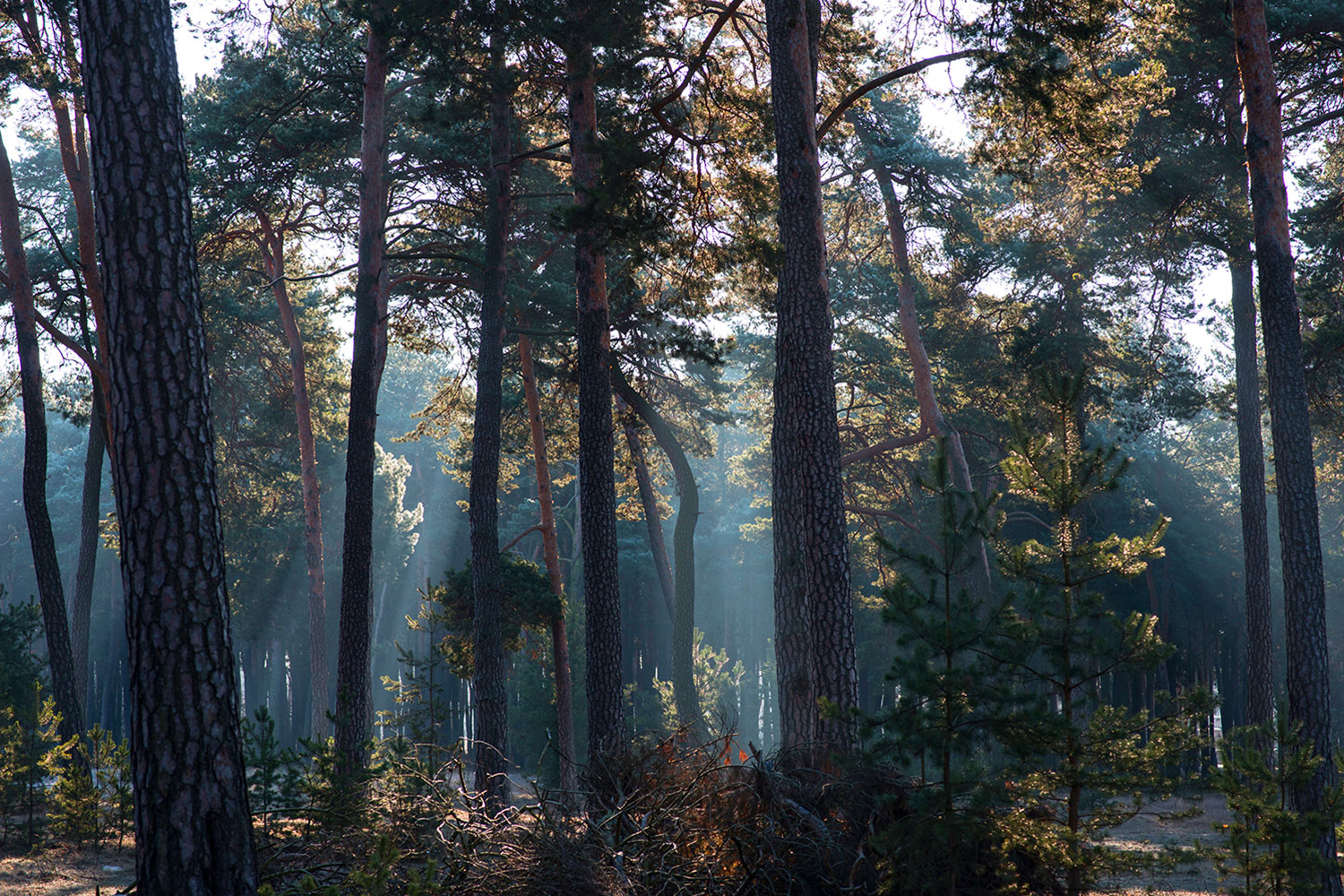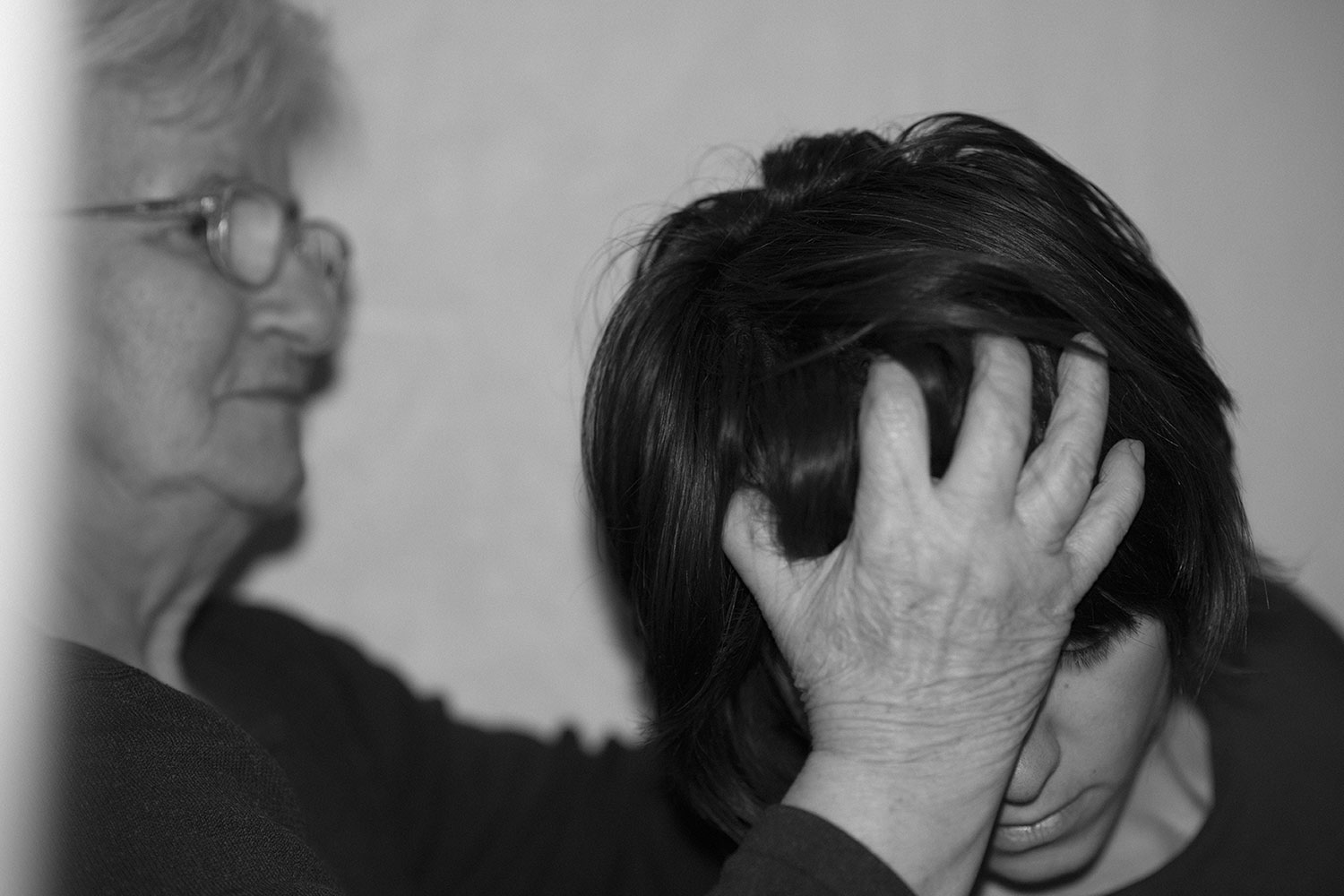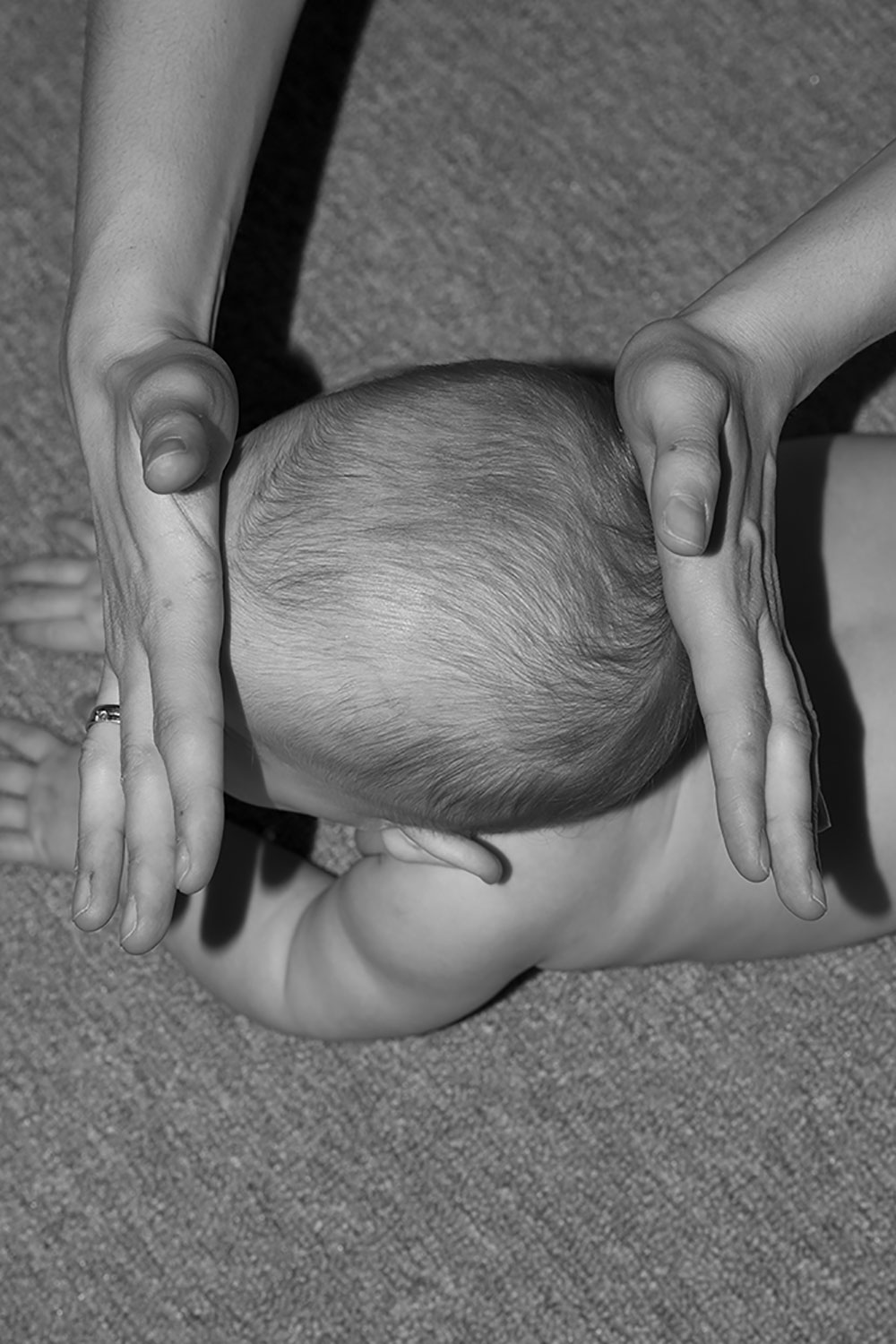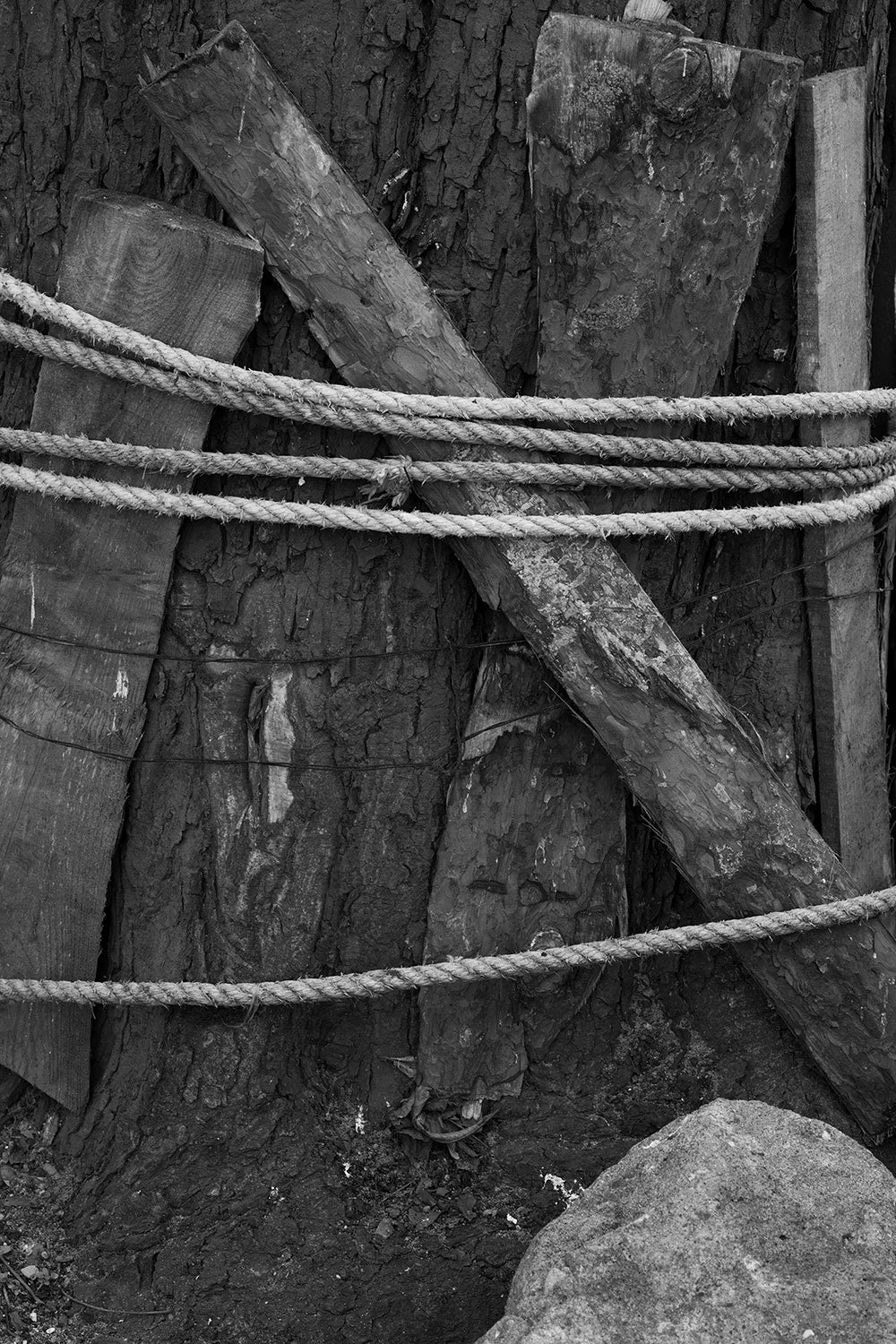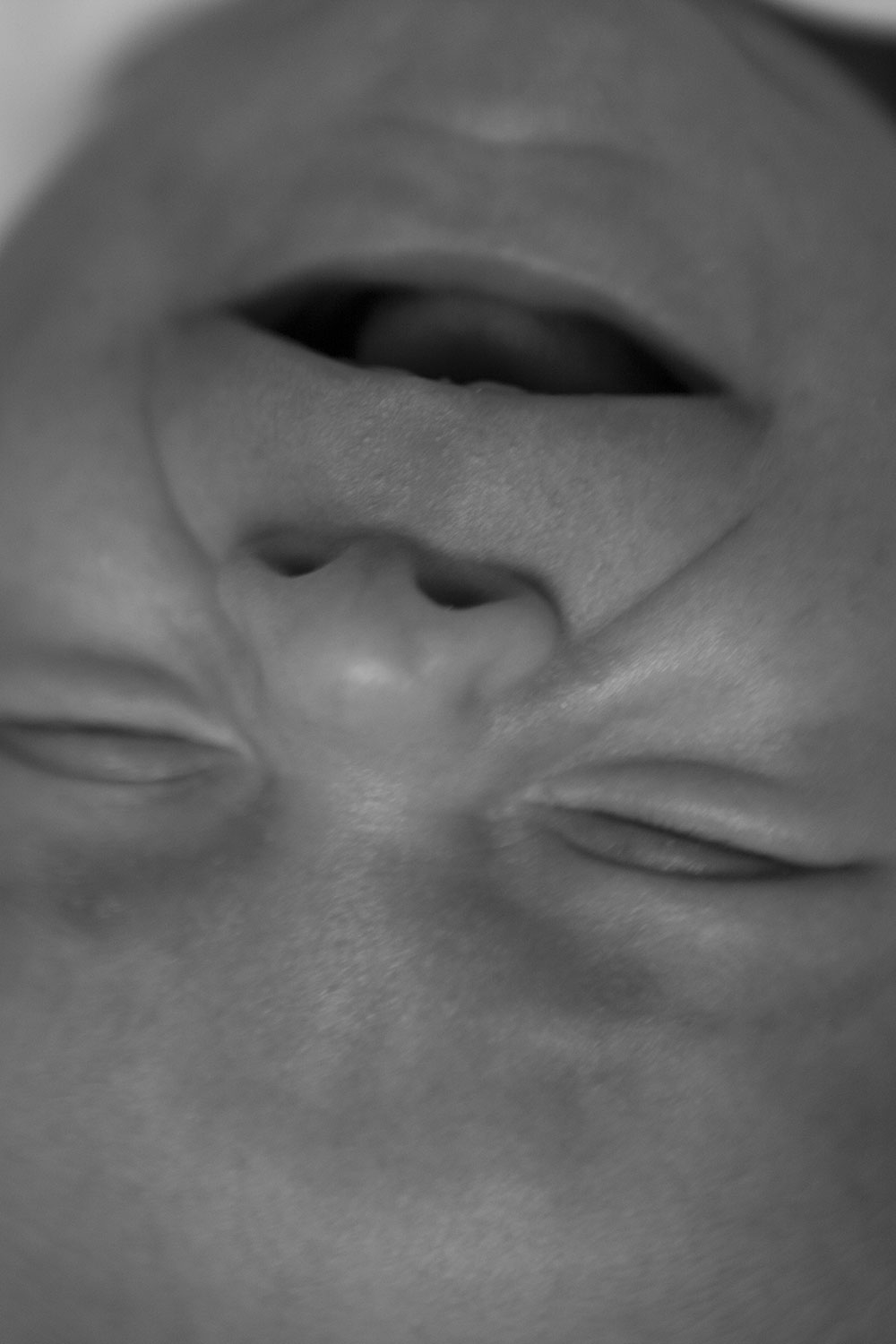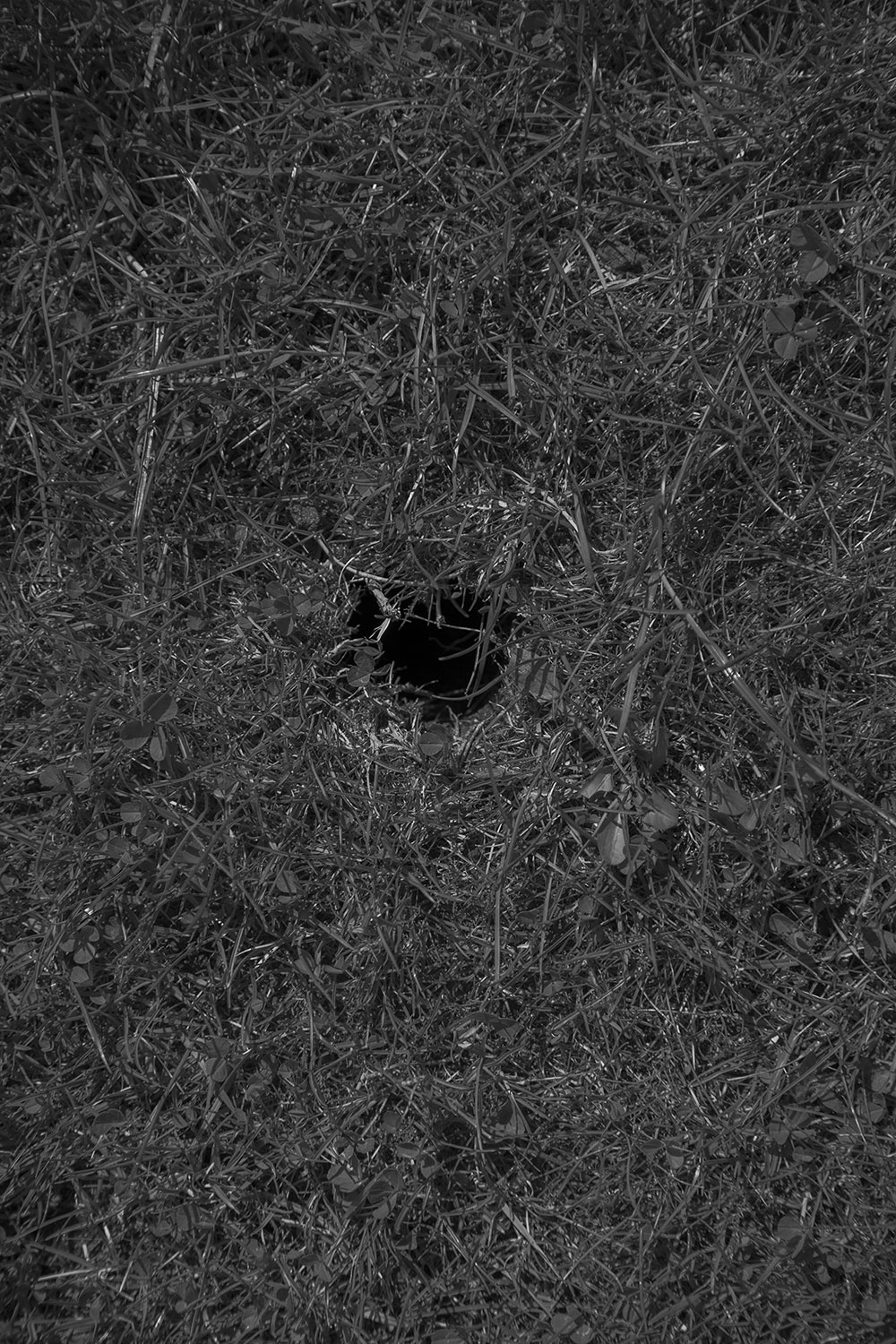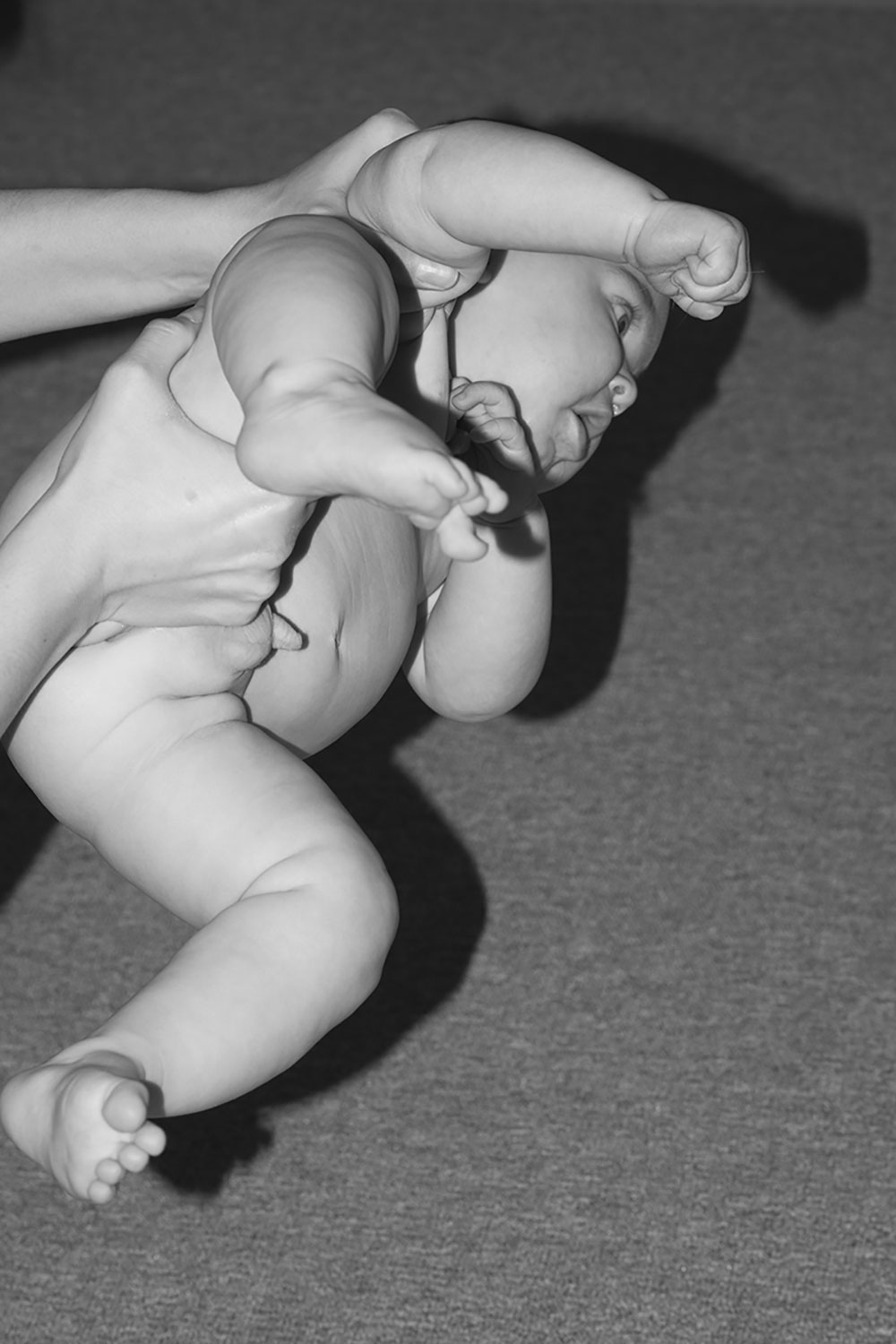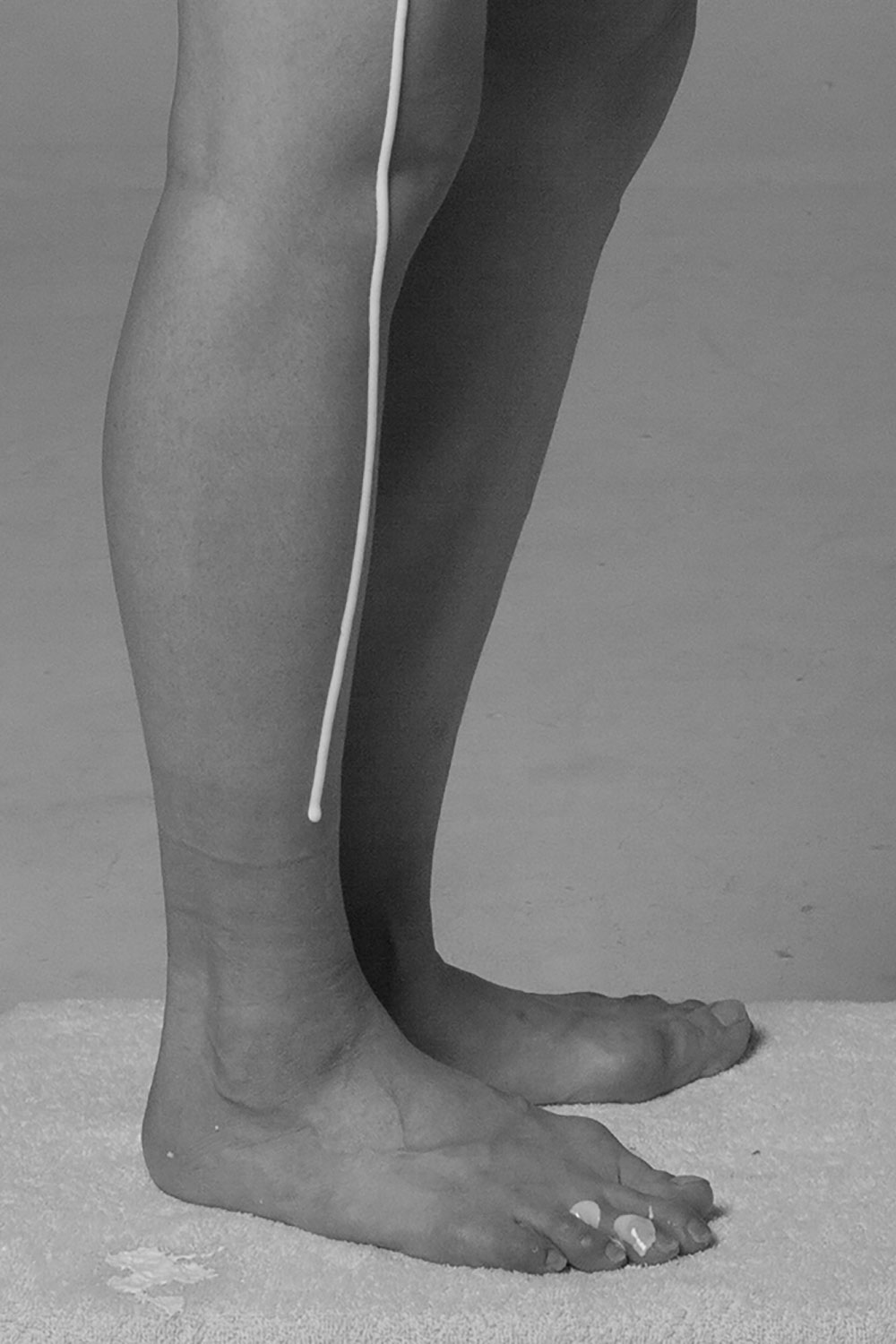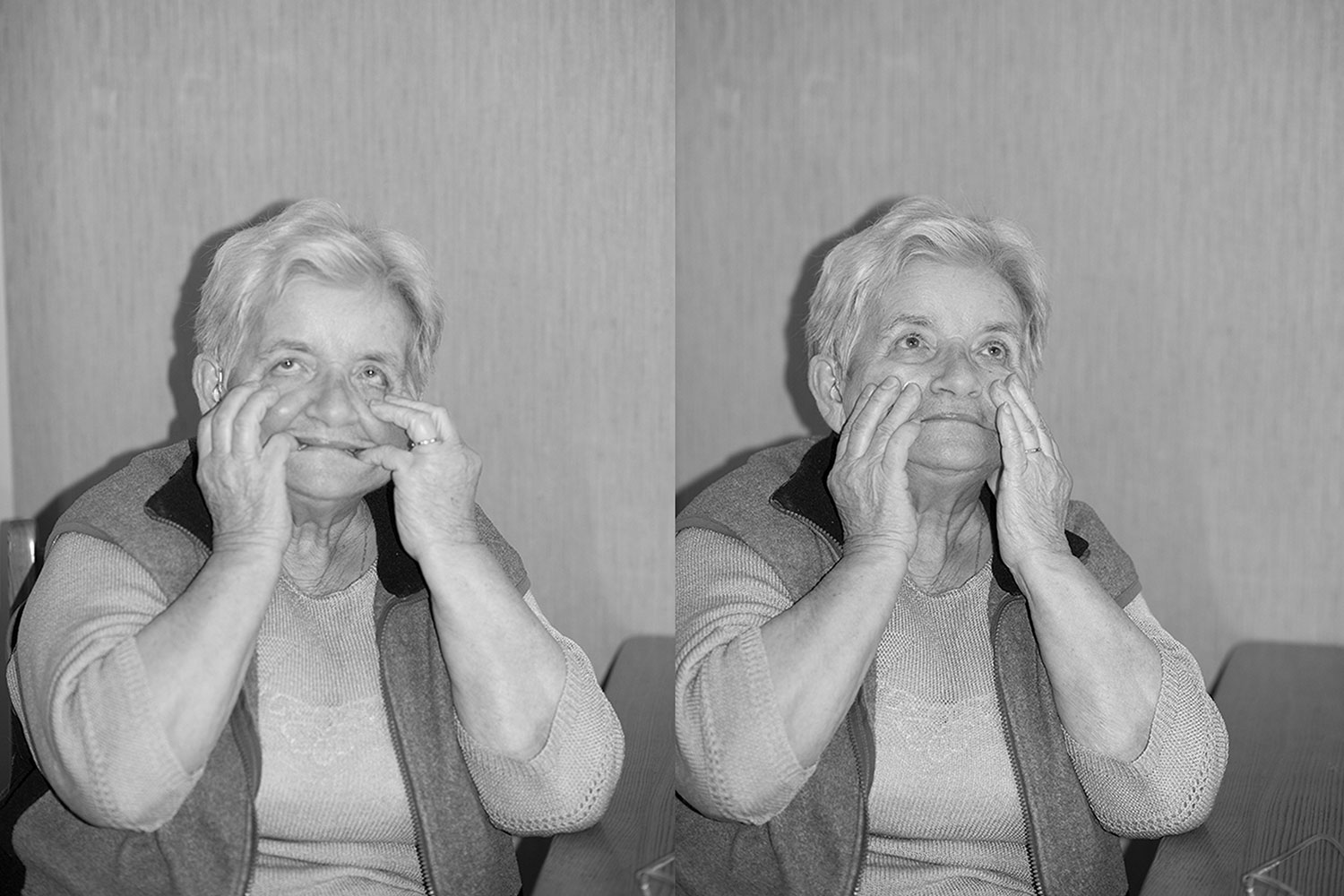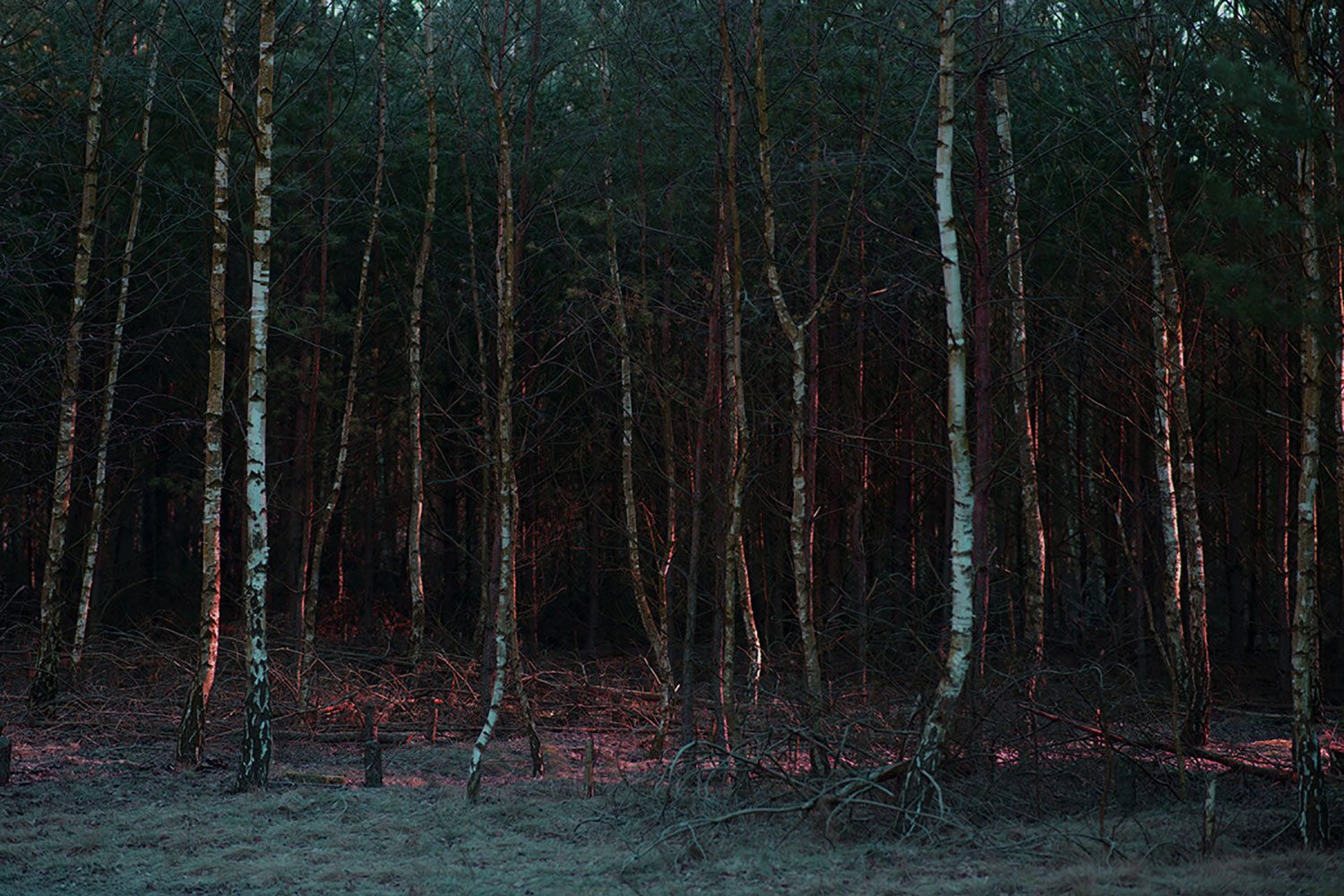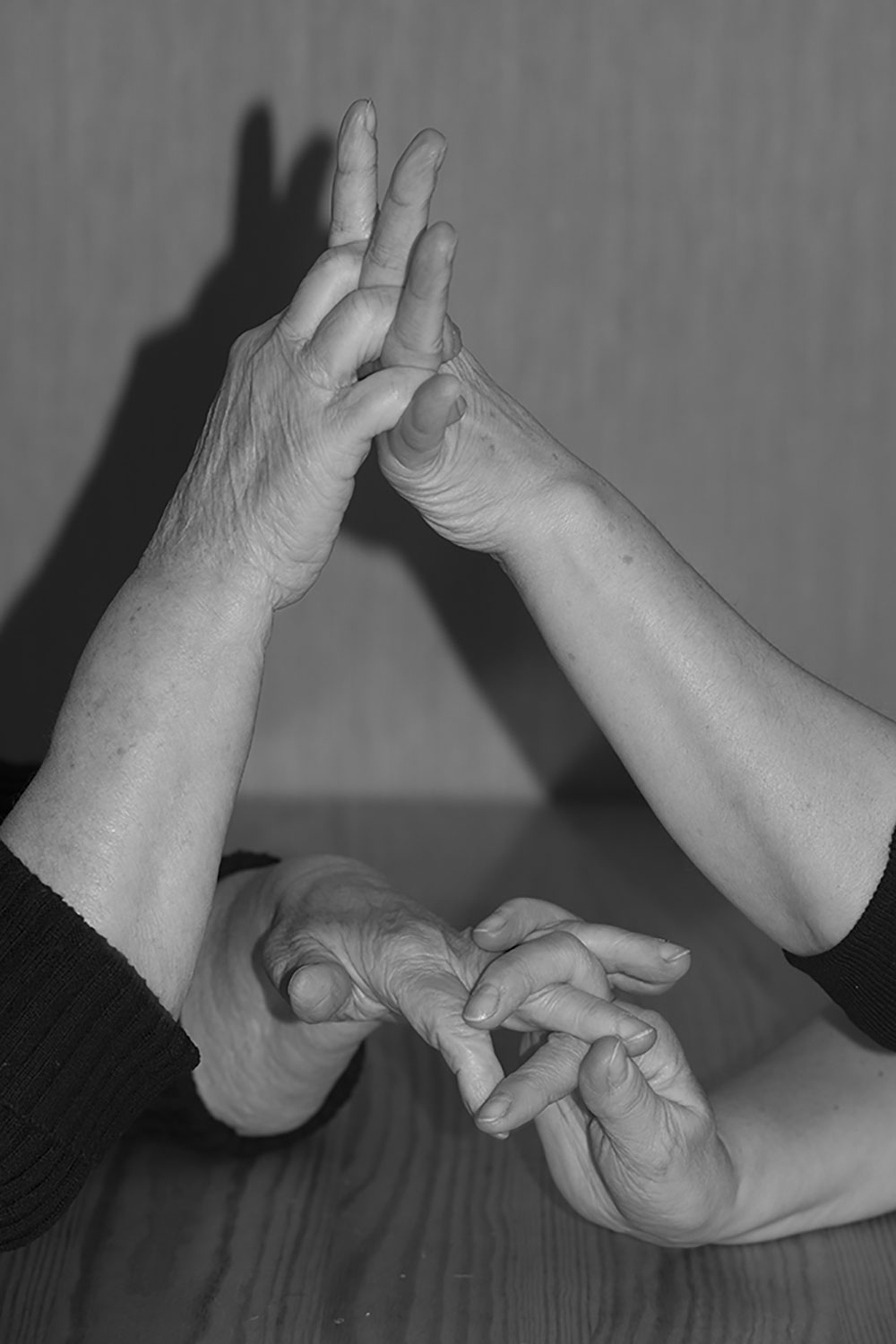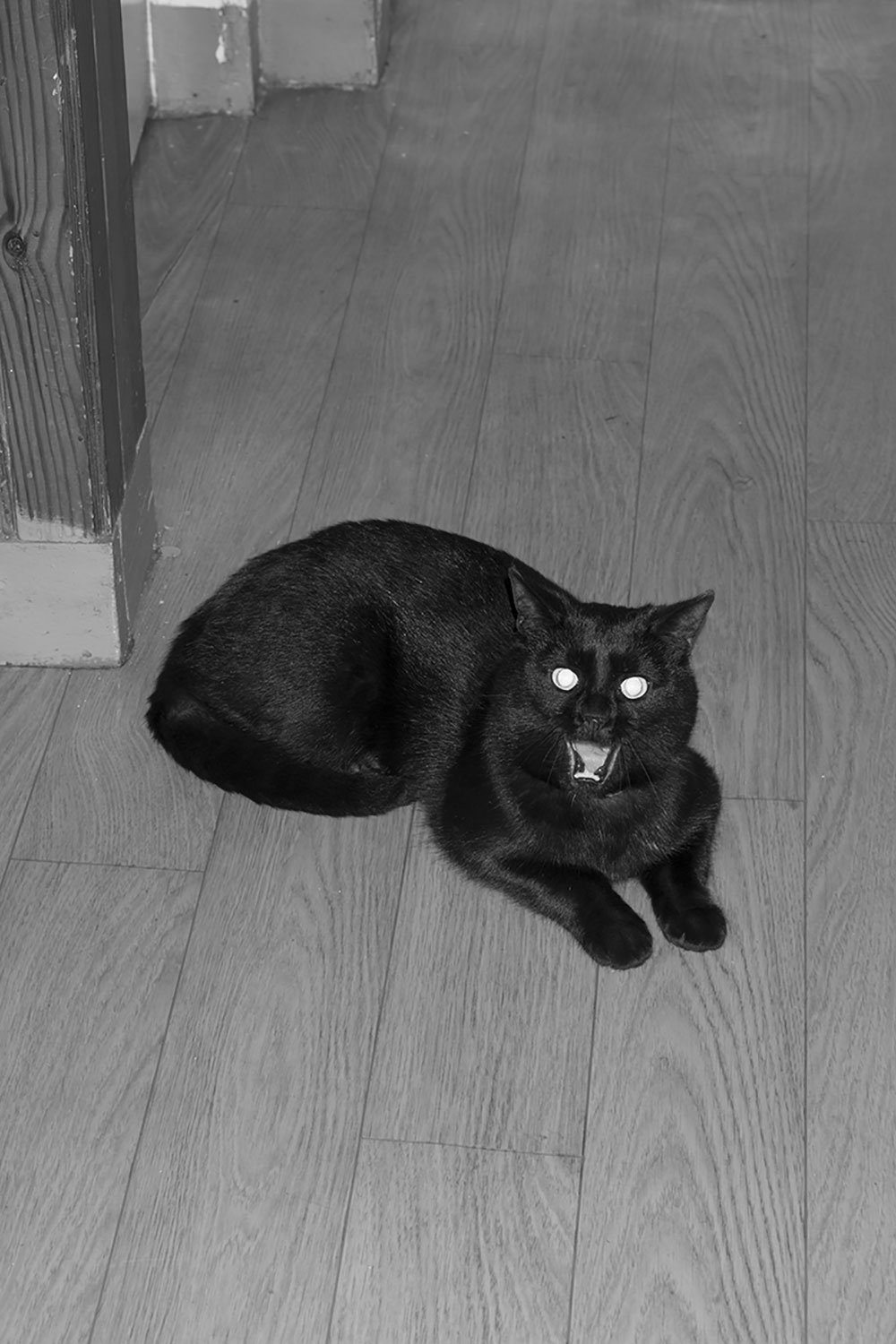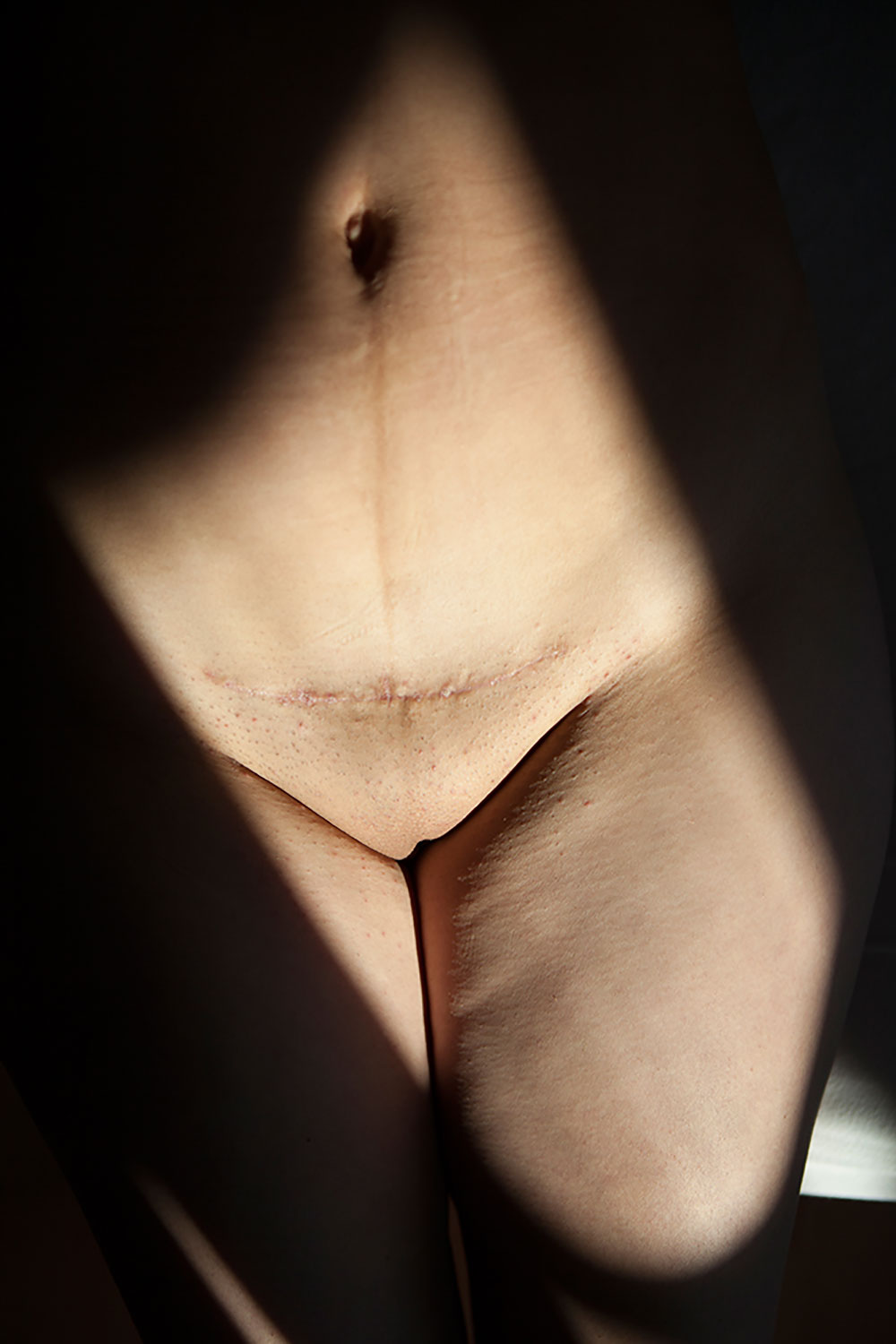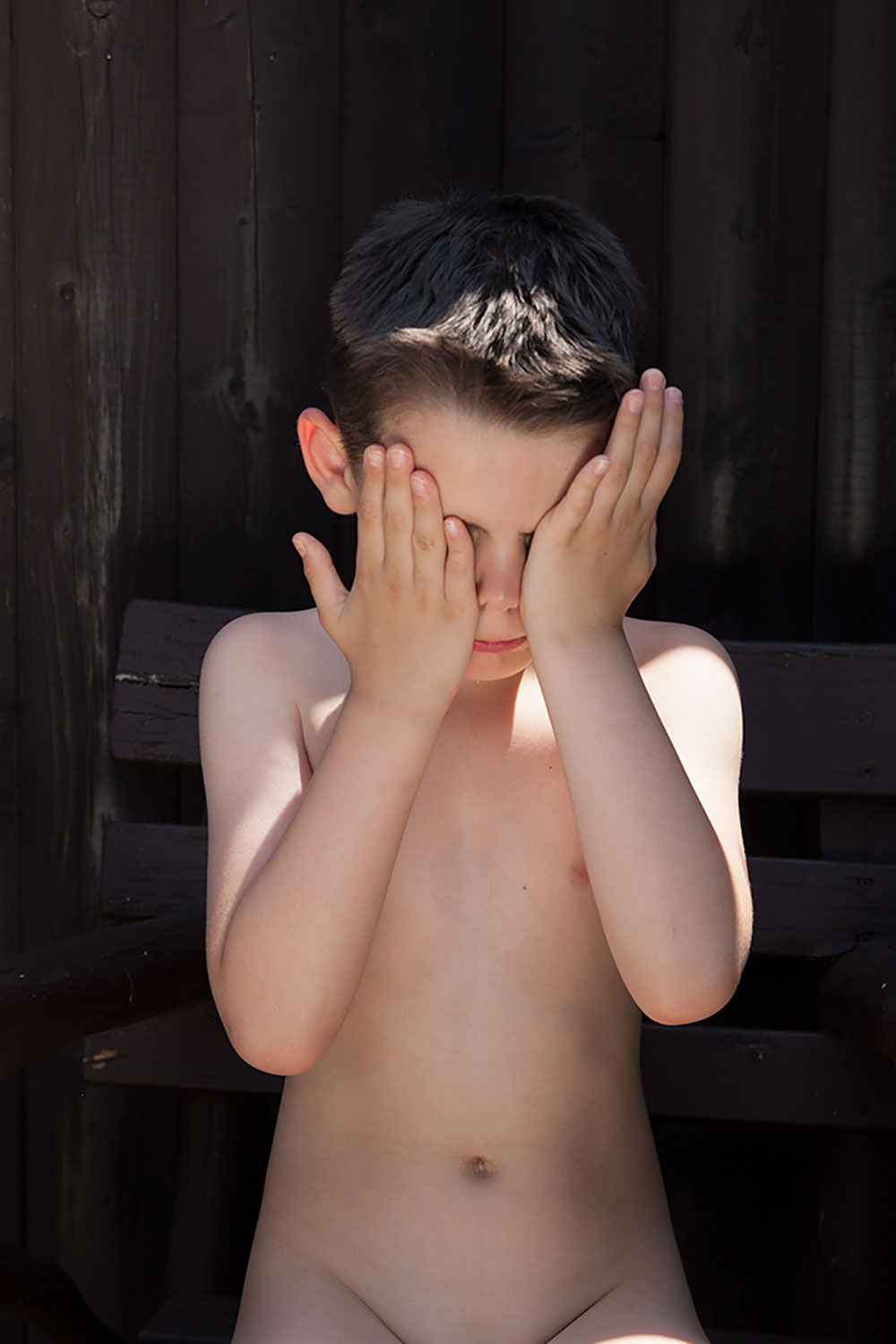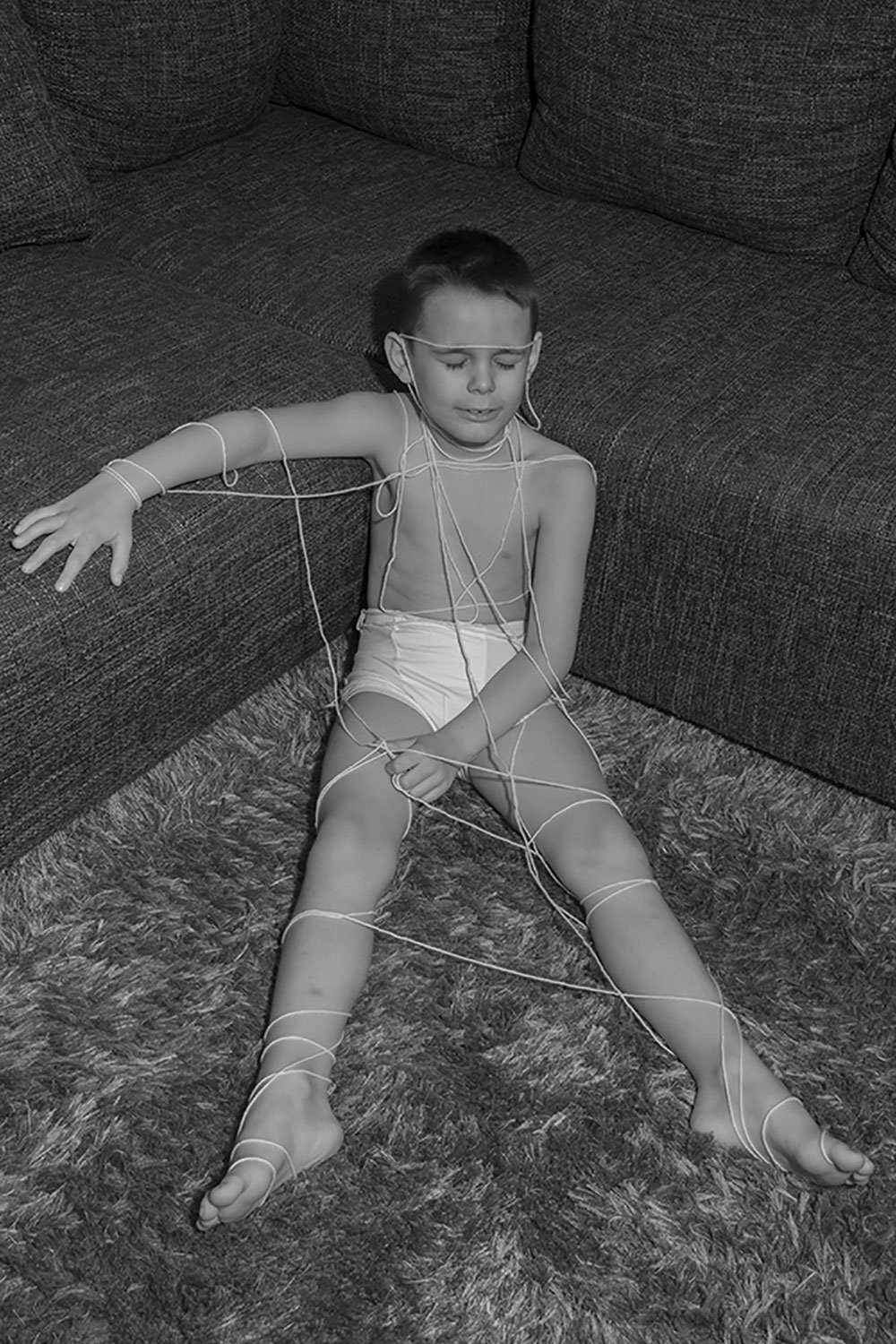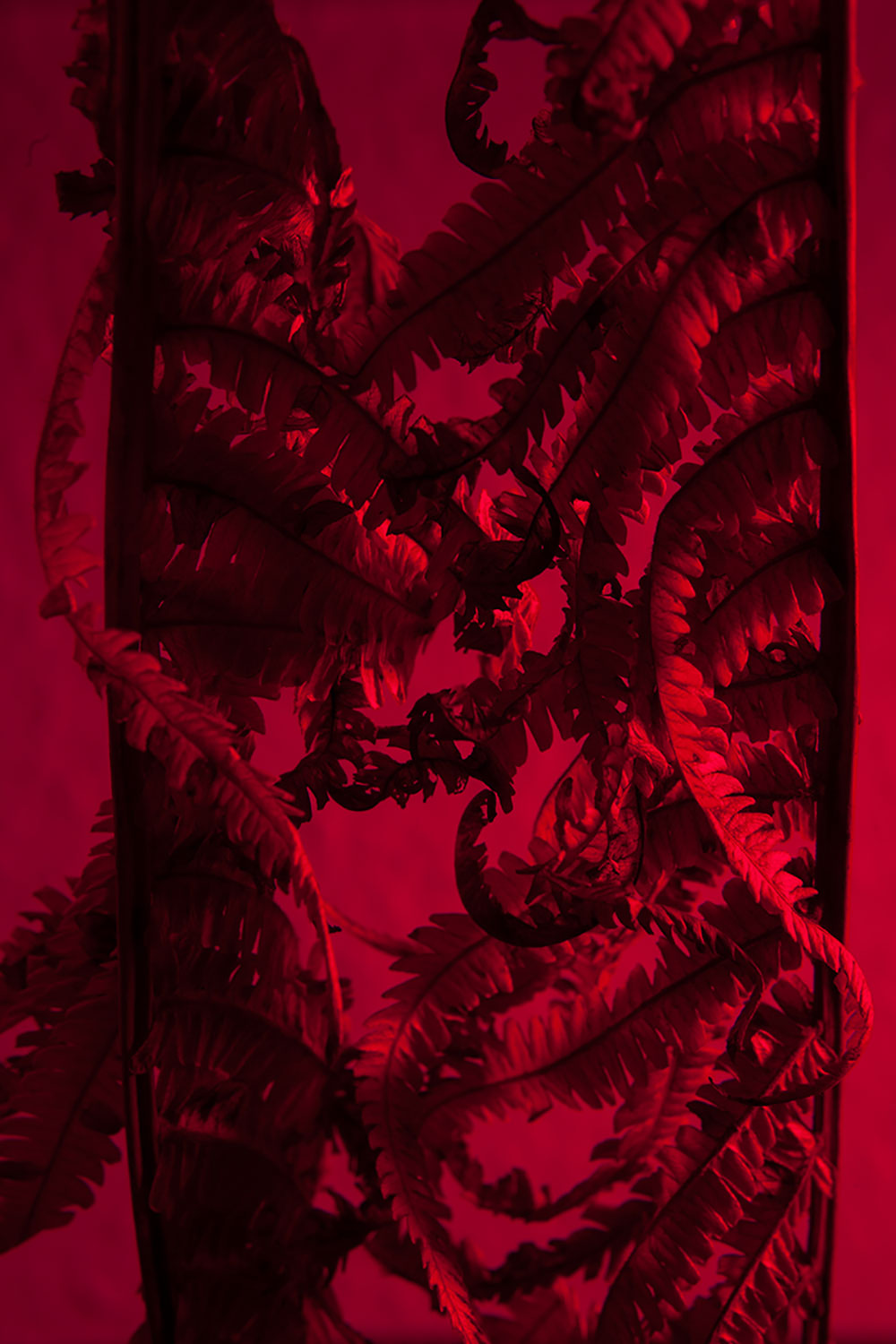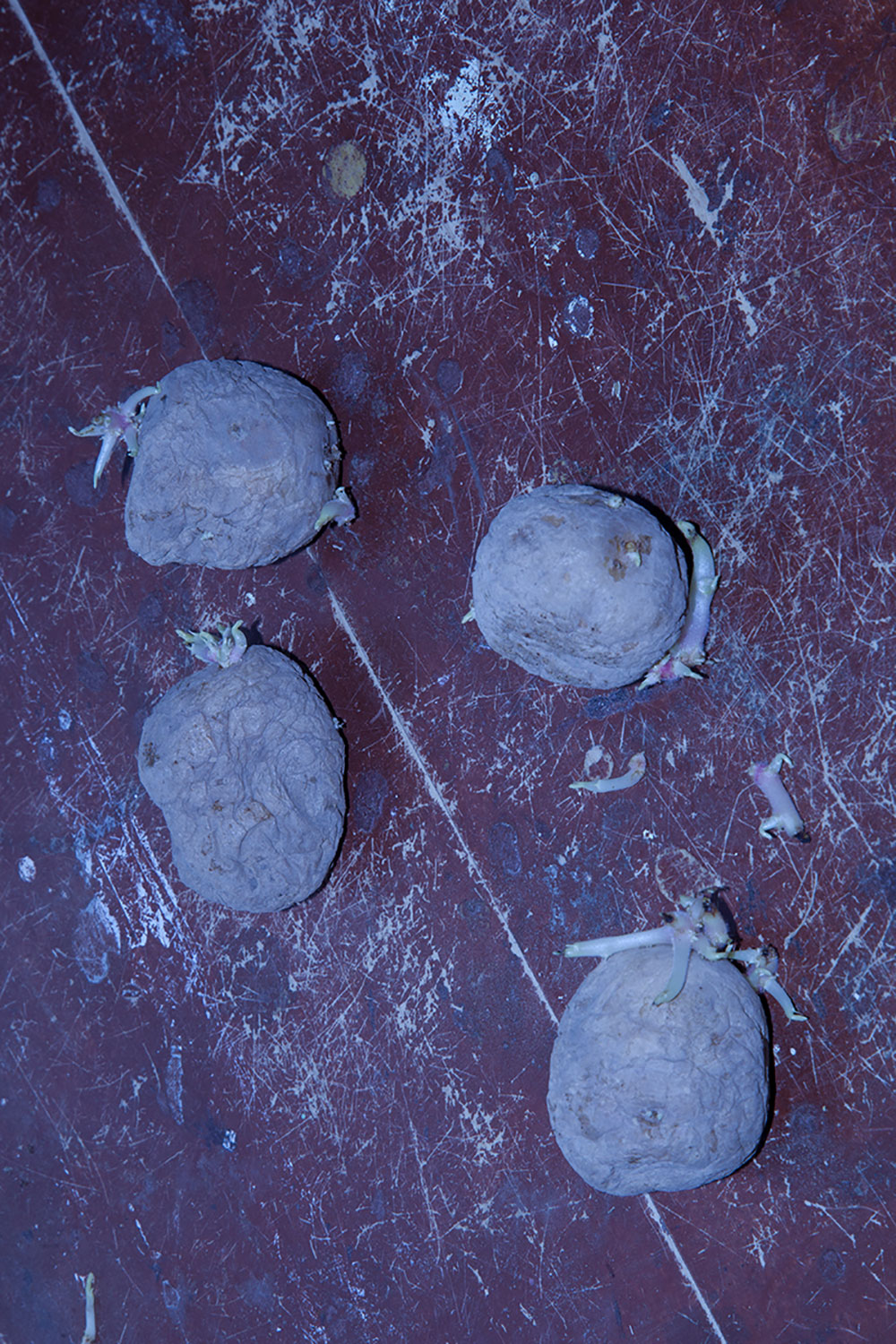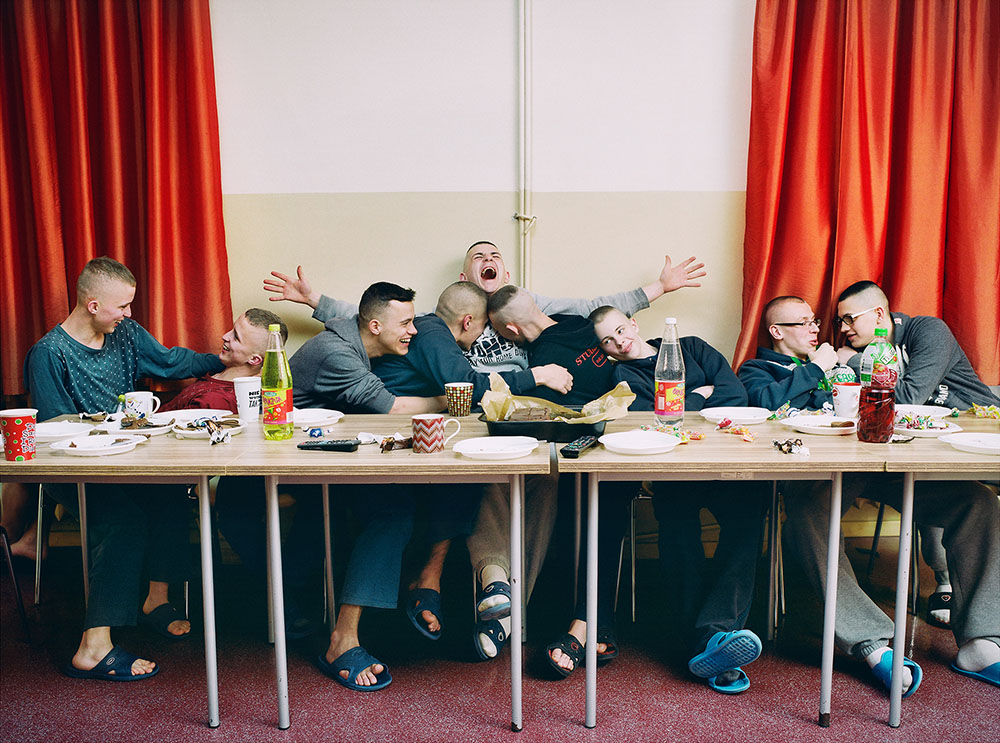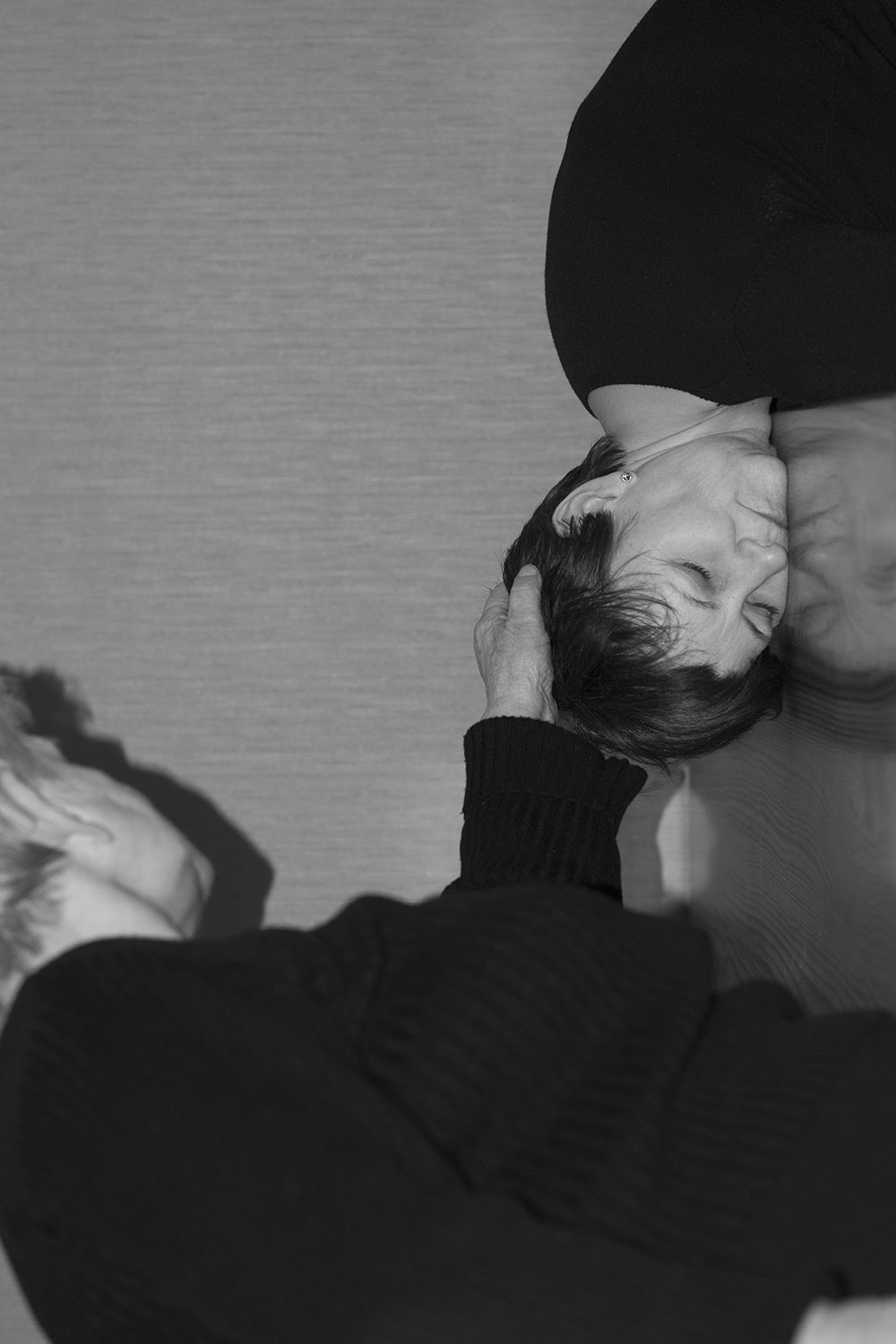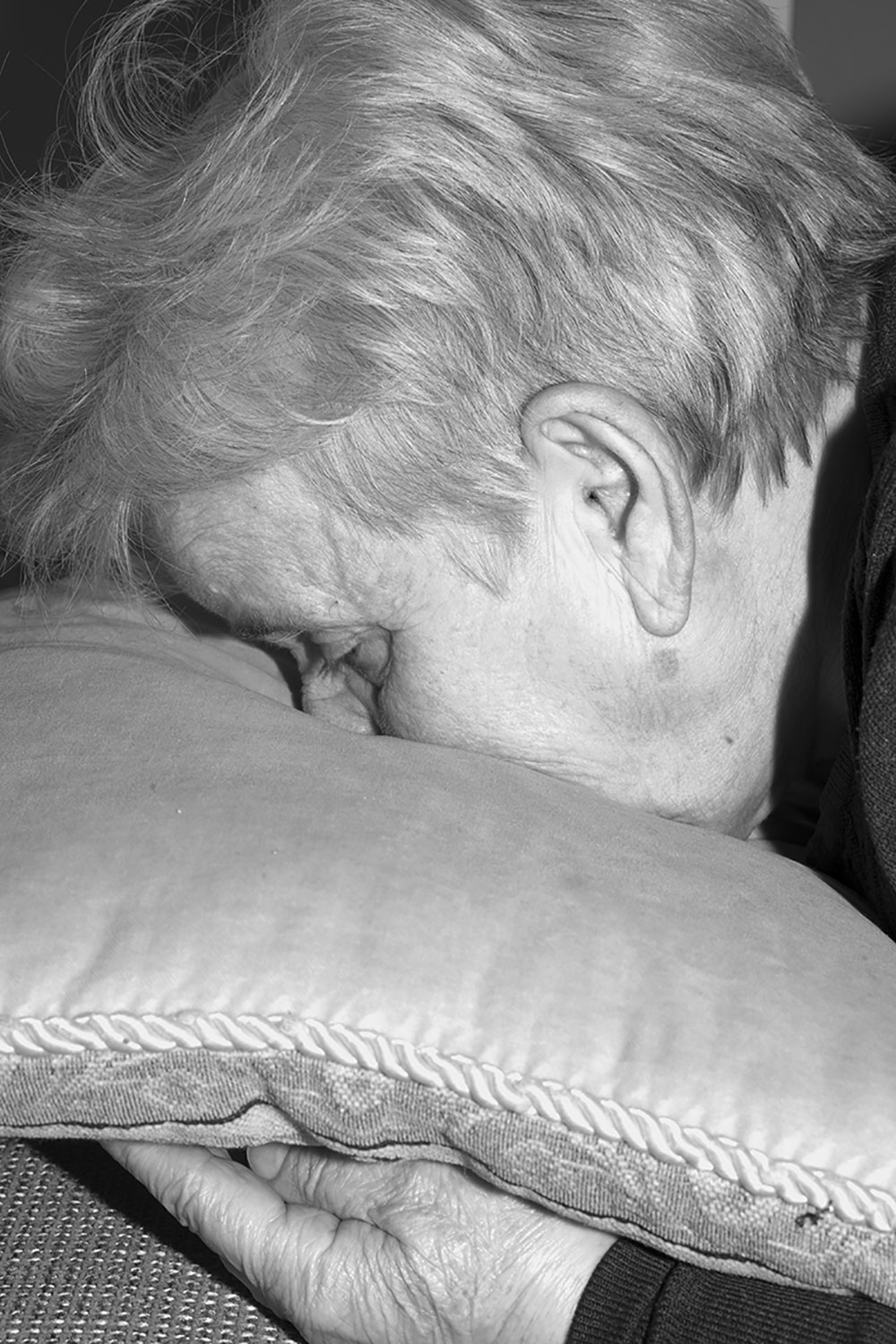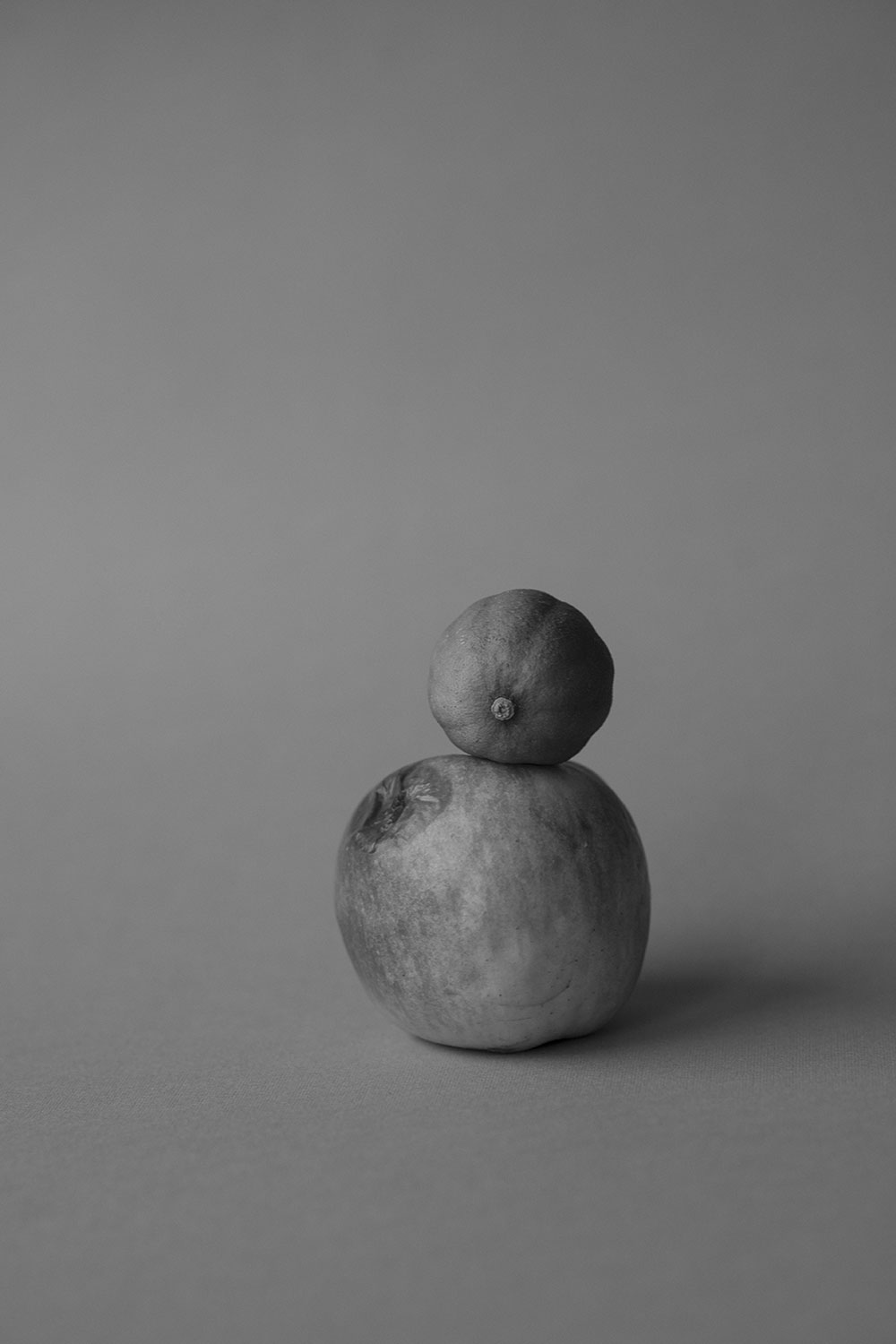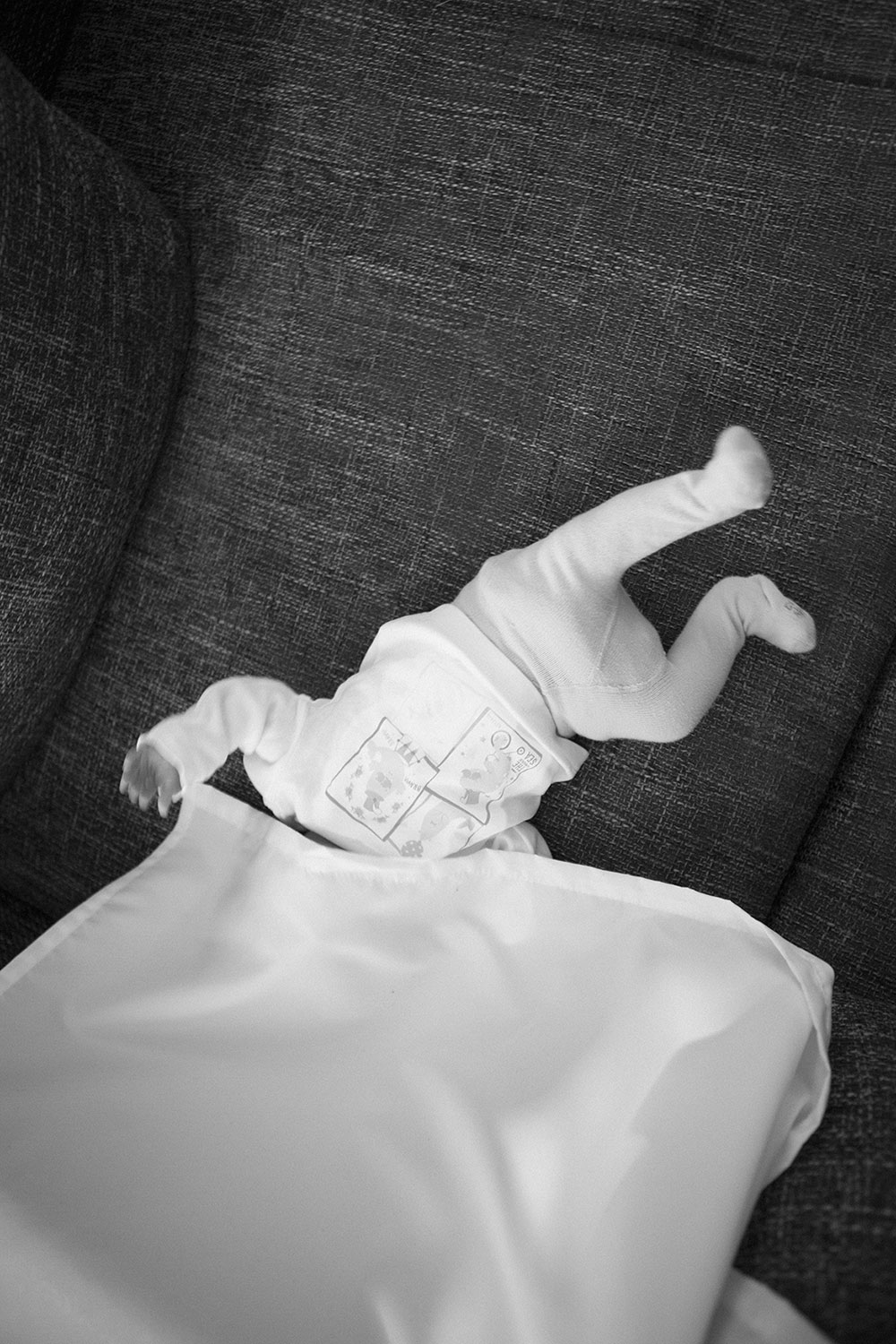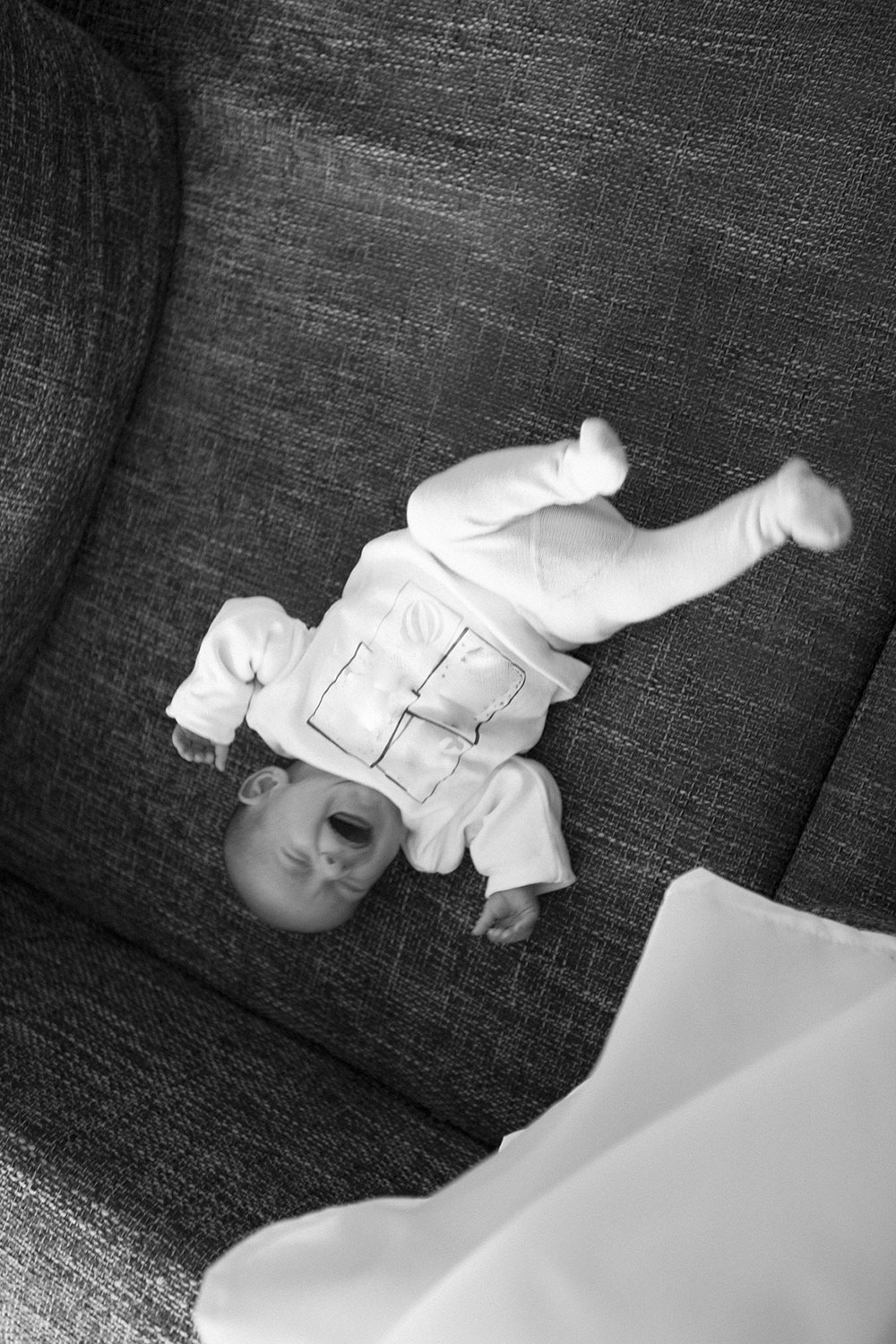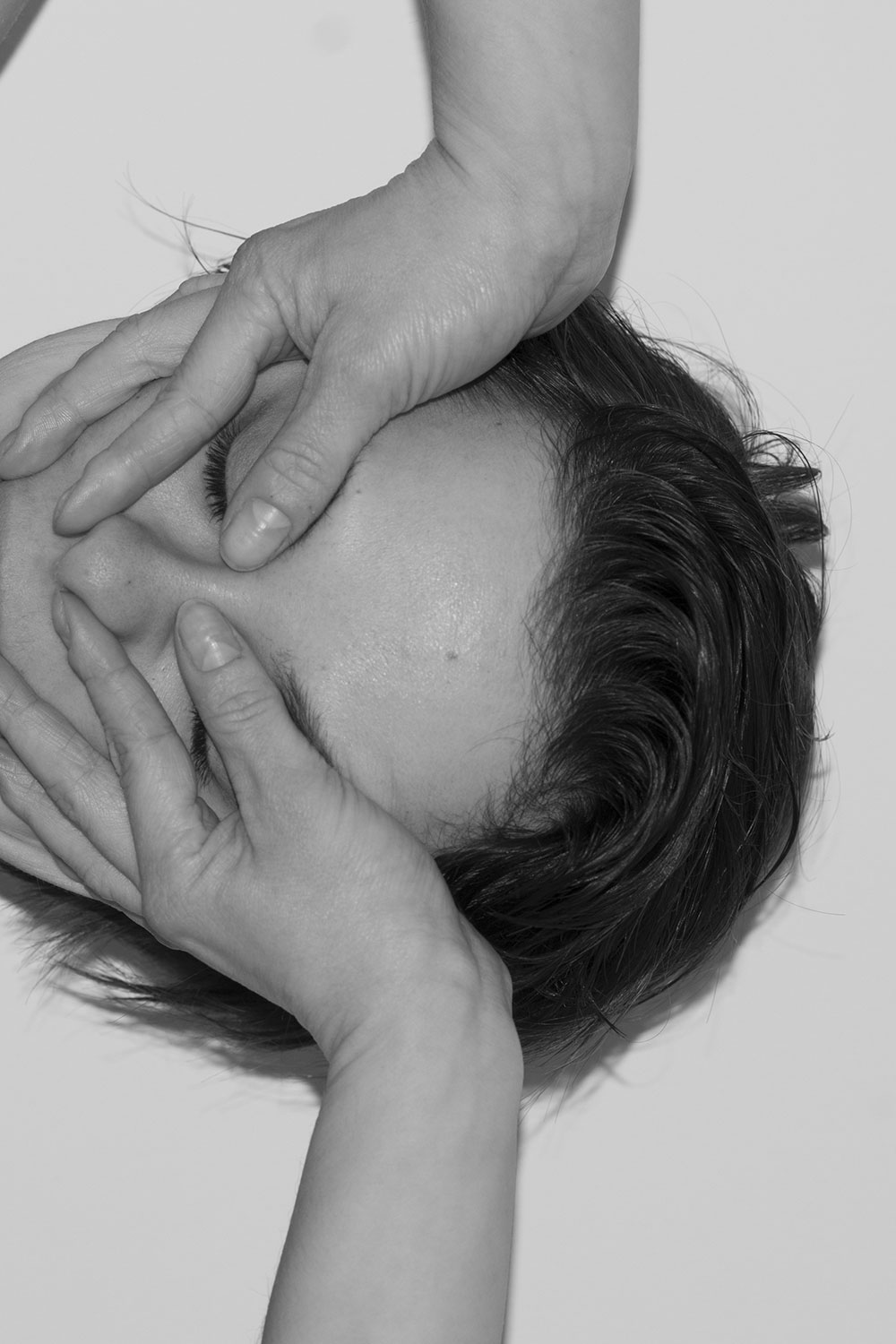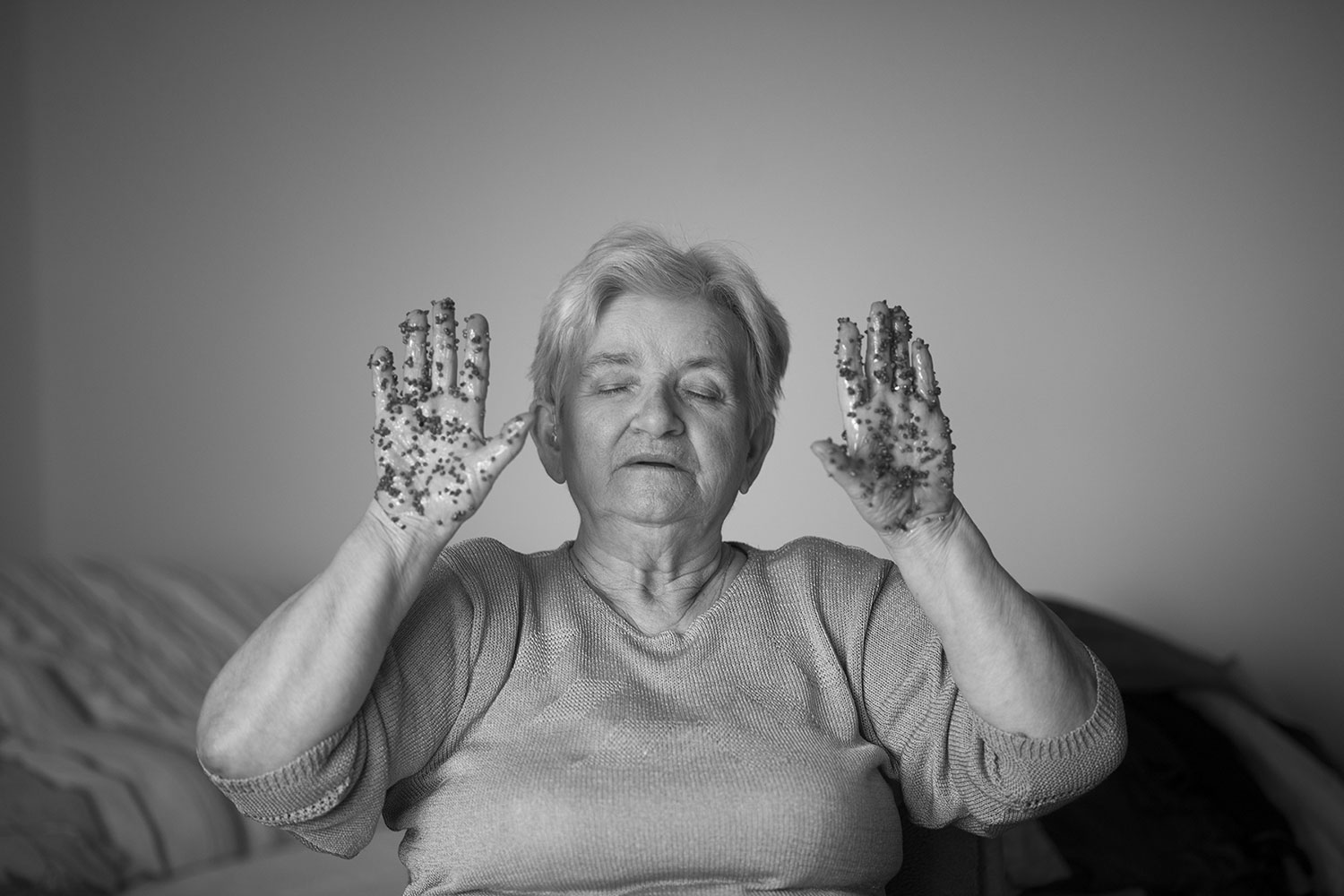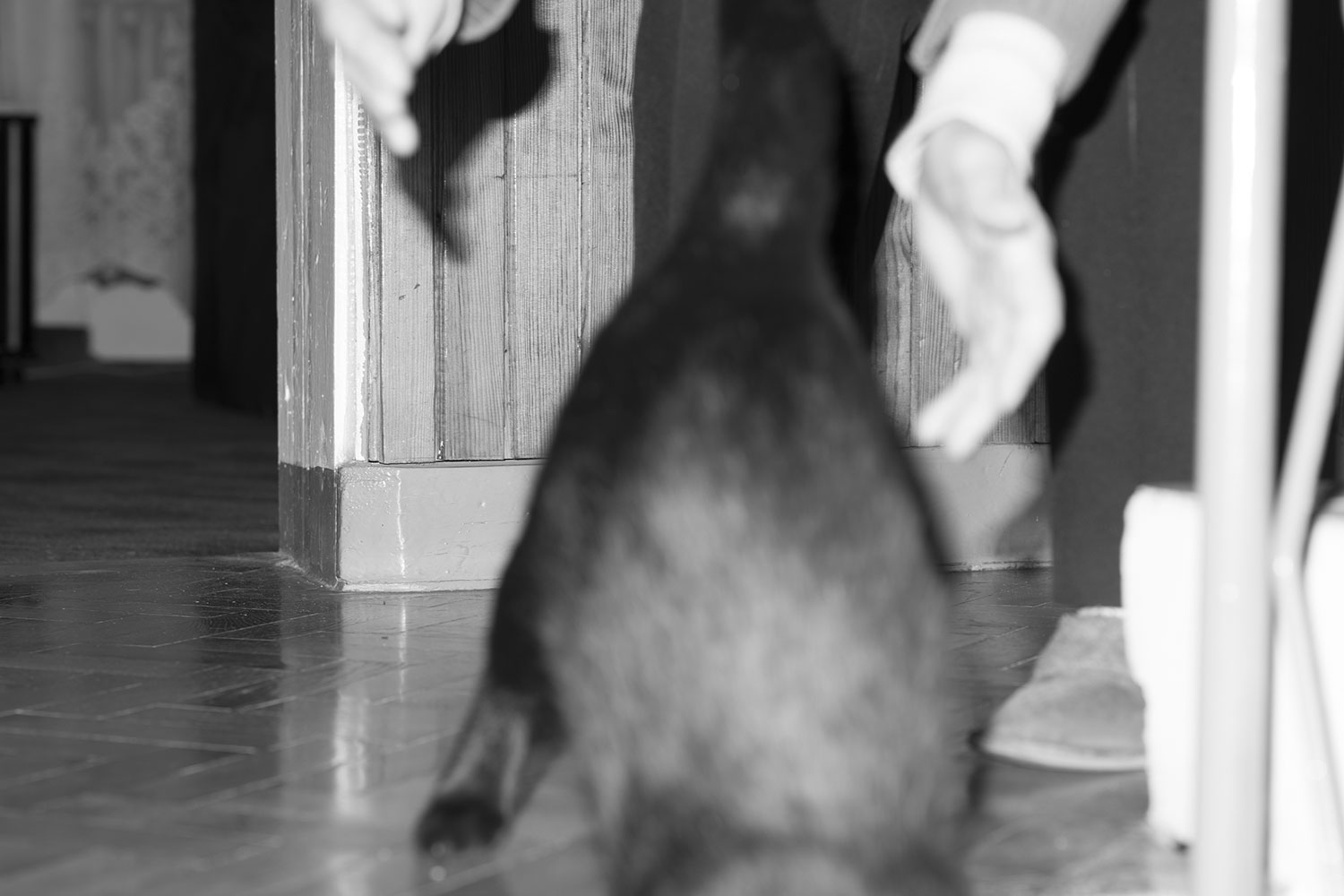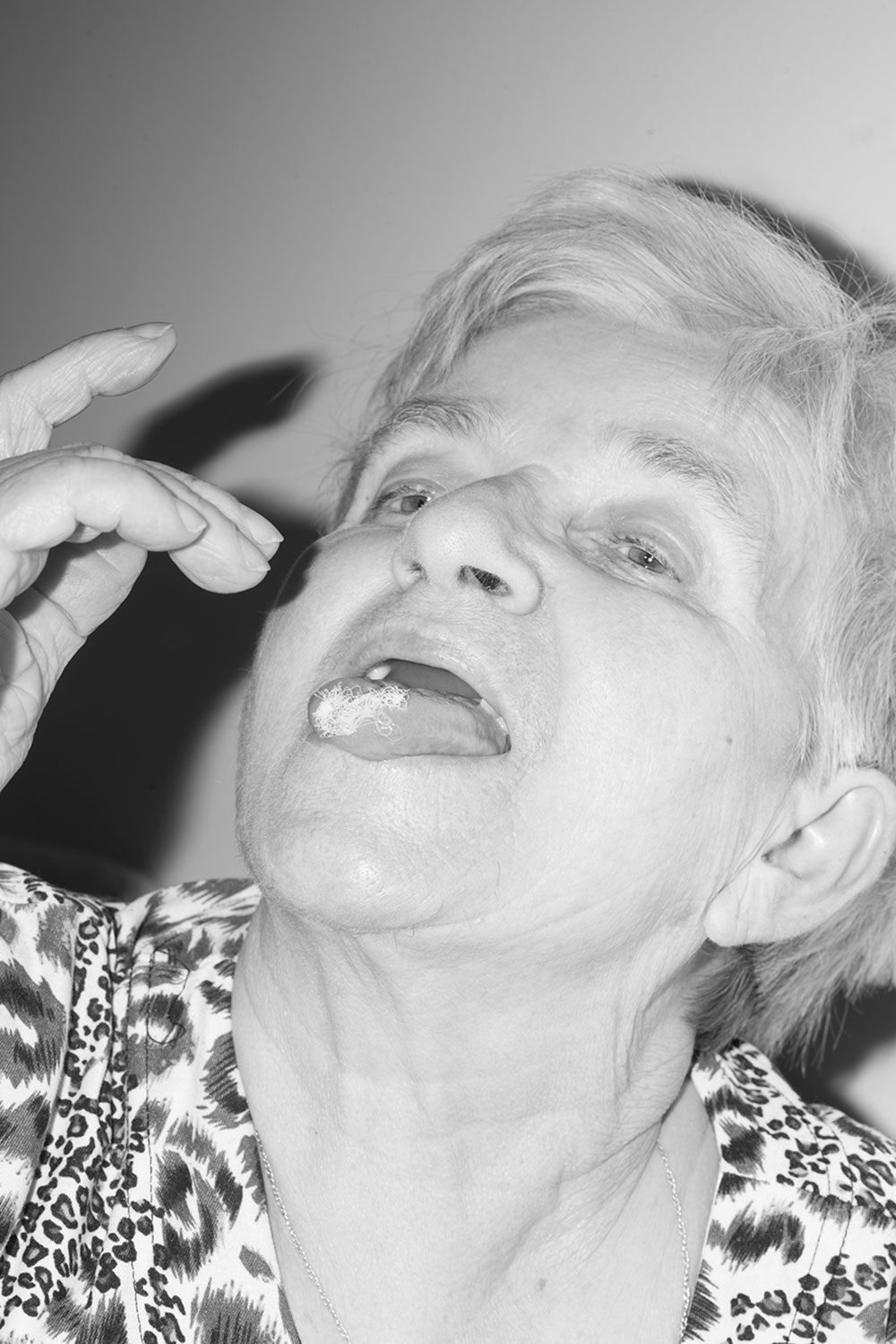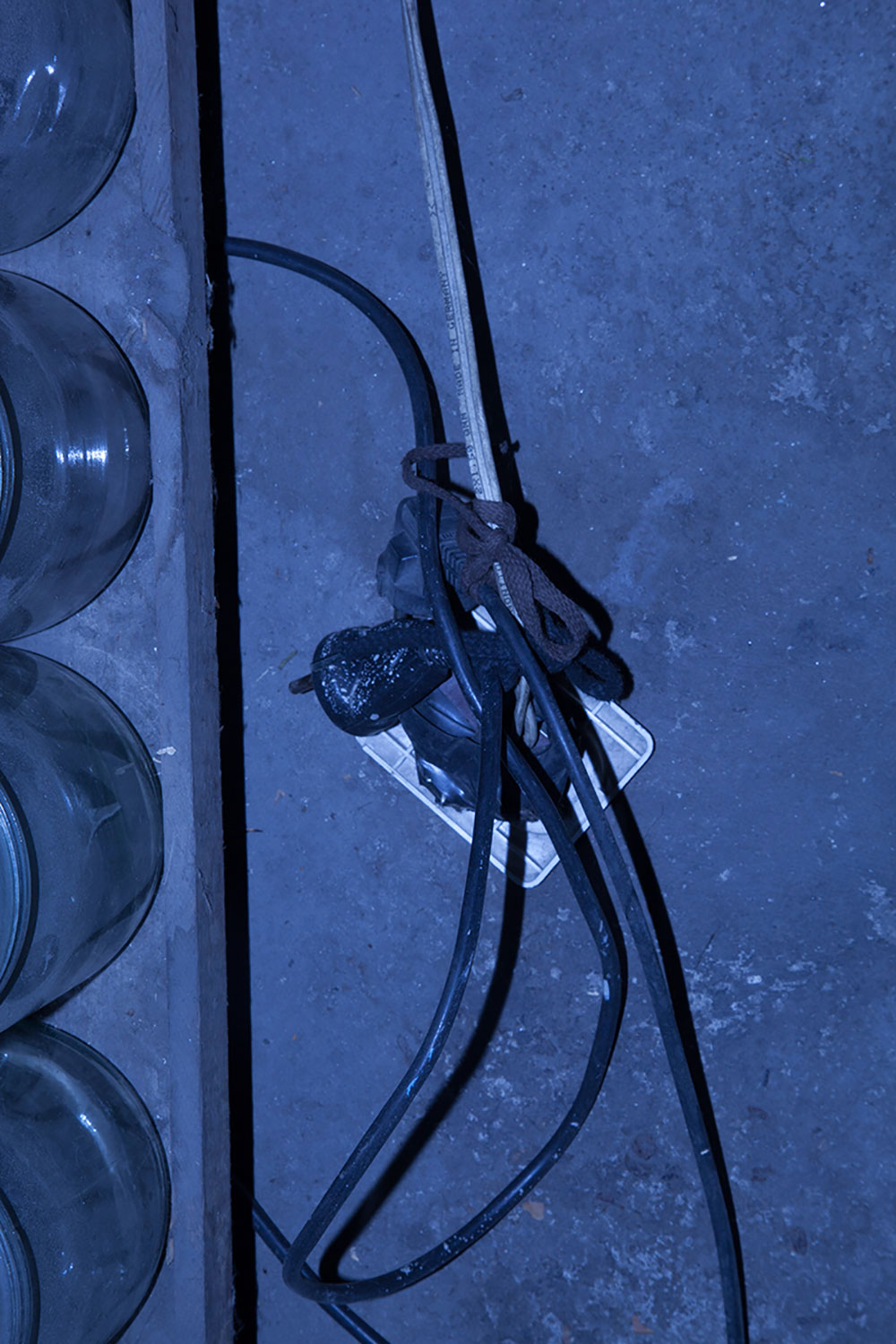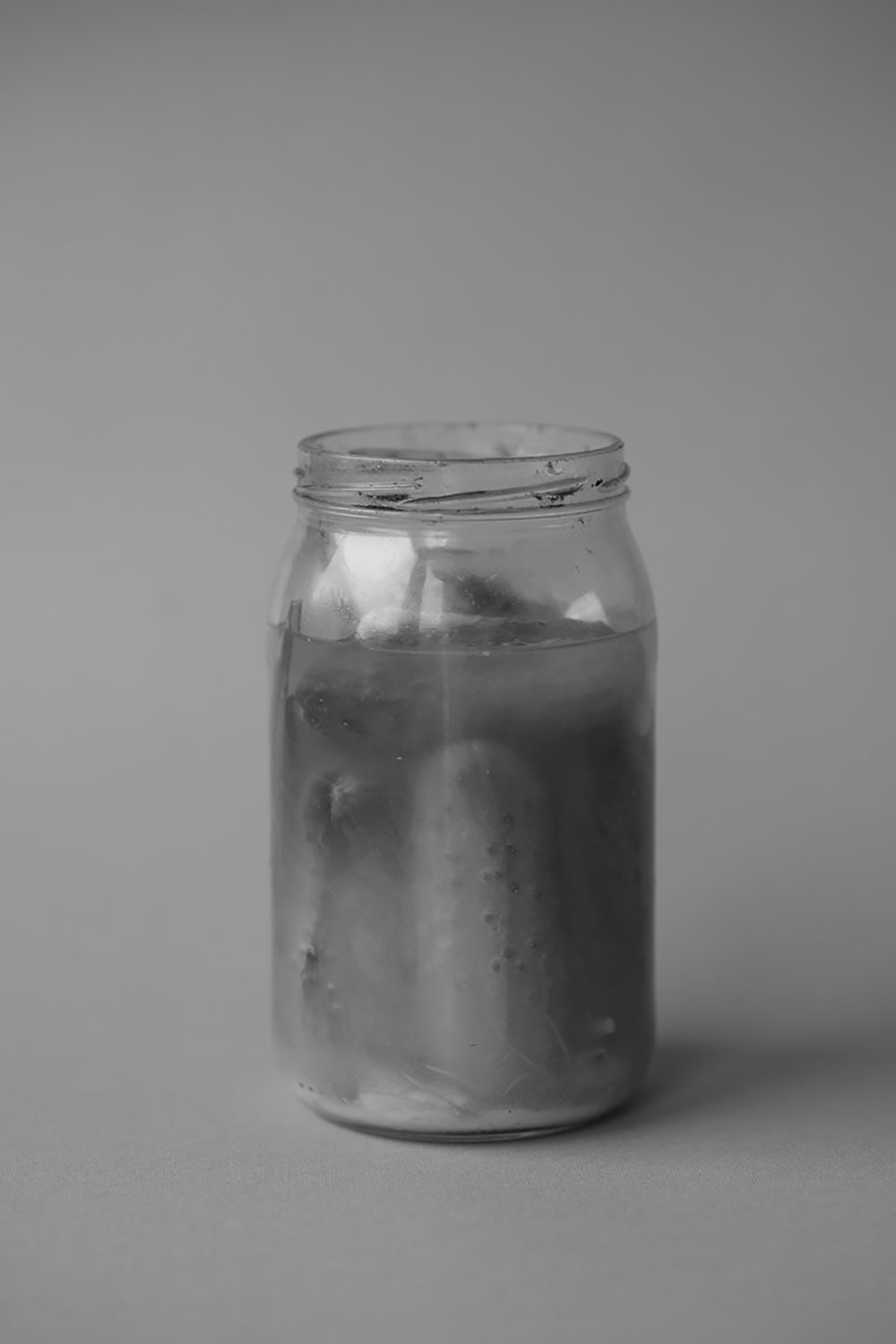Delights and violences: the Polish photographer tackling the pains of maternal love
Deeply evocative series by Jagoda Wisniewska inspired by stories from her grandmother’s childhood
One of the most recognisable representations of motherhood through the ages has been that of Madonna, hands wrapped around the plump limbs of her child. The way she holds the infant appears as different each time, though always in sweet caress. Poland-born Switzerland-based photographer Jagoda Wisniewska restaged this famous image in her latest project Czarna Madonna (Black Madonna), alongside photos of familial intimacy in its distinctive forms. Physical contact is important in understanding this body of work, which is concerned with the pains of loving and letting go.
The series and photo book, which was shortlisted for the Unseen Dummy Award this year, features Wisniewska’s immediate family as subjects. “My family is quite open and let me involve their physicality into my work. I enjoy working with them because I feel I can achieve more than if I use models with whom I’m less close with. I usually direct their poses or just simply explain what kind of mood or character I’m after in a particular photograph,” she explains. Poignant but deeply evocative, Czarna Madonna was inspired by stories from her grandmother’s childhood, though the project defies a coherent narrative. Despite her family’s involvement, she thinks of the project as being relatable: “I wanted to create something universal, despite it being quite personal.”
Poignant but deeply evocative, Czarna Madonna was inspired by stories from her grandmother’s childhood
The starting point for Czarna Madonna was the mother figure and the conflicting identities ascribed to this role — she’s both a part of the child and the Other; virgin and whore; idealised and monstrous. The series takes its title from a 14th century icon situated in the town of Częstochowa and a religious song of the same name, the lyrics of which appear on the back of the book. “In the lyrics of the song, the Madonna is the mother everyone wants to return to, to hide in her arms, to find peace and relief from the pains and sorrows. She is the mother that always has love and warmth for her children. It’s a figure that in my opinion holds this strong dual meaning of being good and bad at the same time. She is the mother that will punish you for misbehaving but still loves you deeply,” Wisniewska says.
Nature finds its way into the photos — uprooted vegetables are charged with symbolism and tendrils weave around each other like hands. In this way, Wisniewska suggests the violent side of maternal love as a natural phenomenon rather than a social construct.
“The maternal relationship is connected with the act of ‘splitting’. We grow to learn to leave the maternal body. Dividing ourselves we become whole,” the photographer comments. According to French psychoanalyst Jacques Lacan, the mother is the figure who first introduces the child to loss. The act also reflects the nature of producing photographs. As Wisniewska reveals, “For me photography as a medium is as much about separation as it is about capturing a moment — it’s about splitting from that moment.”
Text: Liza Premiyak
Image: Jagoda Wisniewska
